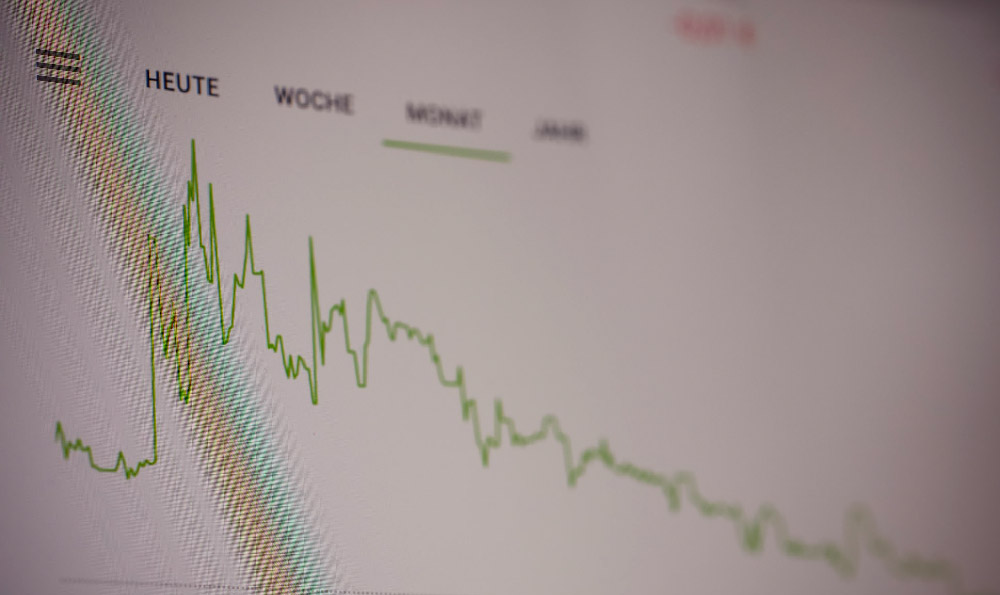The allure of earning a living, or even striking it rich, by posting videos on YouTube is strong. It's a dream pursued by millions, but understanding the realities of YouTube revenue is crucial before diving headfirst into the world of content creation. The honest answer to "How much can you earn on YouTube?" is, quite simply, "It depends." It's a nuanced equation influenced by a constellation of factors that can either catapult your channel to financial success or leave you struggling to make ends meet.
One of the primary drivers of YouTube revenue is advertising. YouTube's Partner Program (YPP) allows creators to monetize their videos by displaying ads before, during, or after their content. The amount you earn per ad view, known as the CPM (Cost Per Mille, or cost per thousand views), and the RPM (Revenue Per Mille, or revenue per thousand views) are the metrics that directly translate into income. However, these figures fluctuate significantly based on a variety of factors.
The niche you operate in plays a critical role. Some niches are inherently more attractive to advertisers than others. For instance, finance, technology, and education-related content often command higher CPMs because these topics tend to attract a more affluent and educated audience, which is highly sought after by advertisers. Conversely, channels focused on gaming, entertainment, or vlogs might have lower CPMs, as these niches often have a younger demographic with less disposable income, making them less desirable to certain advertisers. The perceived value of your audience to advertisers directly impacts how much they are willing to pay to reach them.

Audience demographics also heavily influence your earning potential. A channel with a predominantly US-based audience will typically earn significantly more than a channel with viewers primarily from countries with lower advertising rates. This is because advertisers are willing to pay more to reach consumers in wealthier nations with a greater capacity for spending. The age, gender, and interests of your viewers all contribute to your channel's attractiveness to advertisers, and therefore, your potential earnings.
Beyond demographics, watch time is a critical indicator of audience engagement and a significant factor in determining ad revenue. Longer videos with higher average view duration tend to be more profitable. This is because longer videos offer more opportunities to display ads, increasing the potential for revenue generation. Furthermore, YouTube's algorithm favors videos that keep viewers on the platform for longer periods, rewarding them with increased visibility and reach. Therefore, creating compelling content that encourages viewers to watch for extended periods is crucial for maximizing earnings.
Subscriber count, while often seen as a vanity metric, does correlate with revenue potential. A larger subscriber base indicates a wider reach and a greater potential for views. However, it's important to remember that subscribers don't automatically translate into views. The engagement of your subscriber base is paramount. A channel with a million subscribers but low view counts will earn less than a channel with 100,000 subscribers who consistently watch and interact with its content. Building a loyal and engaged community is essential for sustained growth and revenue generation.
The type of content you create also impacts monetization. Content that is deemed "advertiser-friendly" will attract more ads and higher CPMs. This typically means avoiding topics that are controversial, violent, sexually suggestive, or promote illegal activities. YouTube has strict guidelines regarding content monetization, and channels that violate these guidelines risk demonetization or even suspension. Sticking to content that is appropriate for a broad audience and aligns with YouTube's advertising standards is crucial for maintaining a stable revenue stream.
In addition to ad revenue, there are alternative ways to monetize your YouTube channel. Affiliate marketing involves promoting products or services in your videos and earning a commission on any sales generated through your unique affiliate links. This can be a lucrative revenue stream, especially if you promote products that are relevant to your audience and align with your channel's niche.
Sponsorships and brand deals offer another avenue for generating income. As your channel grows in popularity, you may be approached by companies who want to partner with you to promote their products or services. These partnerships can be very lucrative, but it's important to carefully vet potential sponsors to ensure that their values align with your own and that the products or services you are promoting are of high quality and relevant to your audience.
Merchandise sales can also be a significant source of revenue for established YouTubers. Creating and selling merchandise, such as t-shirts, mugs, or other products branded with your channel's logo or imagery, can generate substantial income, especially if you have a dedicated fan base.
Finally, YouTube Premium revenue offers another potential source of income. YouTube Premium subscribers pay a monthly fee to access ad-free content and other benefits. A portion of this revenue is distributed to creators based on the amount of watch time their content receives from Premium subscribers.
In conclusion, estimating exactly how much you can earn on YouTube is a complex undertaking. There is no magic formula or guaranteed income. Success requires a combination of factors, including creating high-quality, engaging content, attracting a loyal audience, understanding the nuances of advertising rates, and diversifying your monetization strategies. It's a long game that demands dedication, consistency, and a willingness to adapt to the ever-changing landscape of online video. While the potential rewards are significant, it's crucial to approach YouTube monetization with realistic expectations and a strategic plan.











